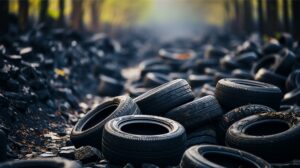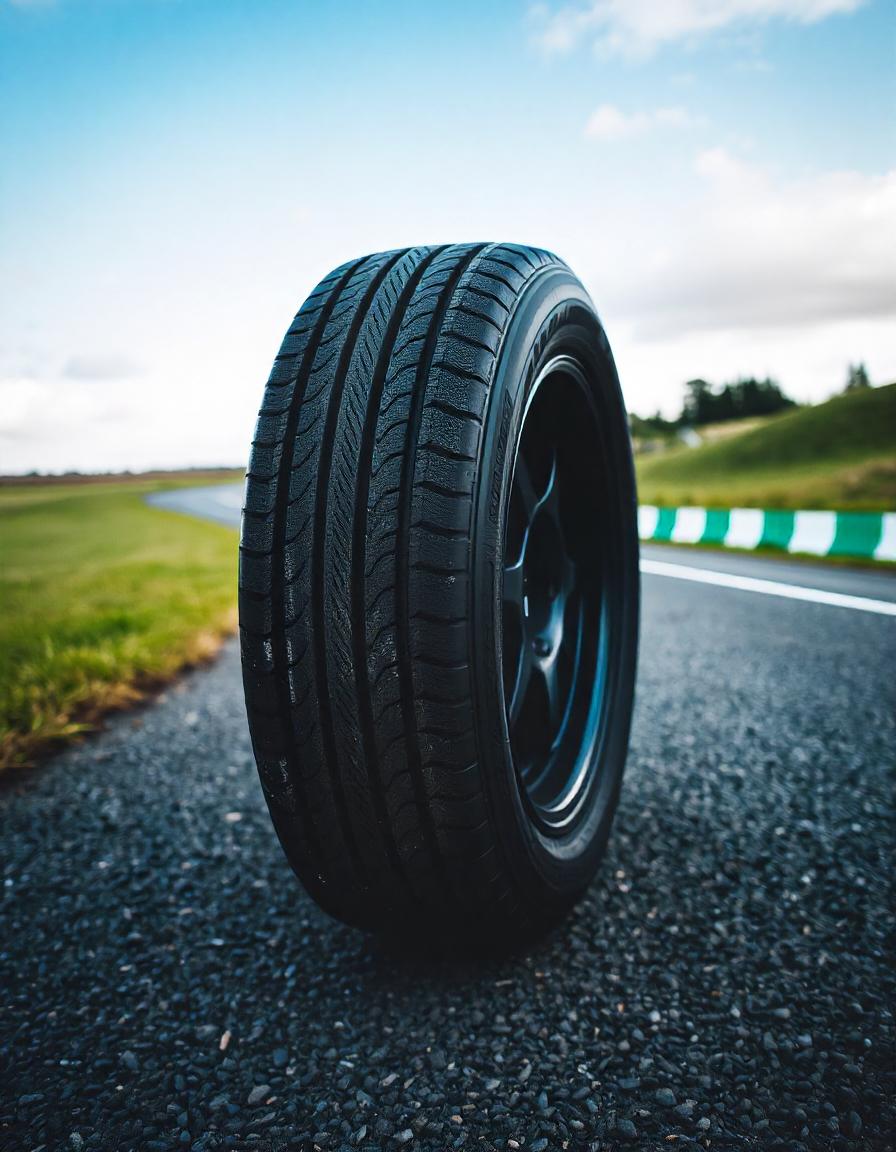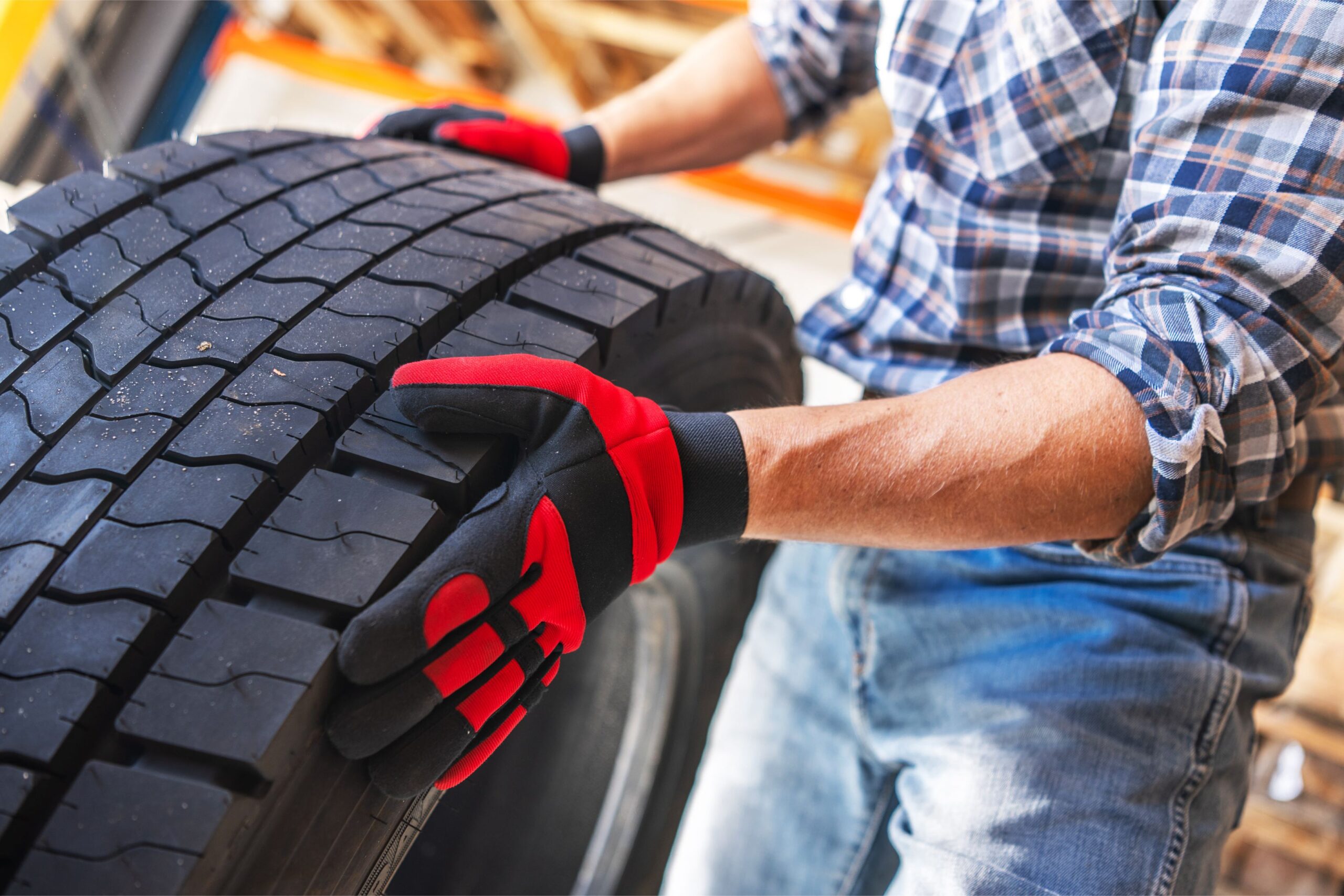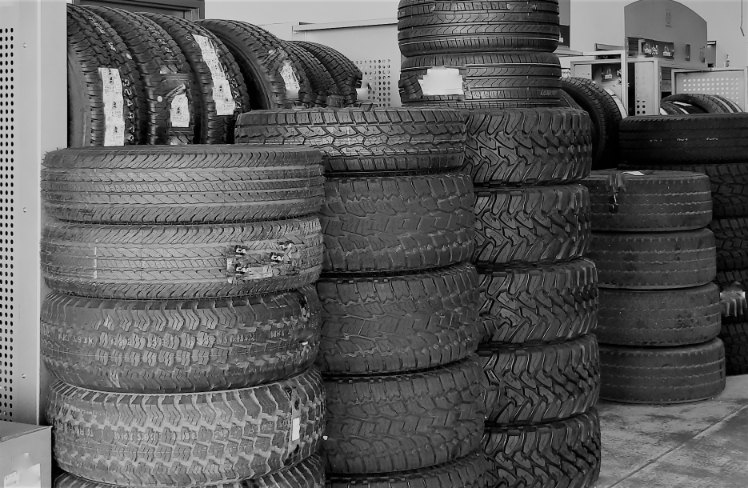
The environmental crises of the 21st century have led societies and industries globally to reconsider waste management. Of the numerous waste products that are environmentally hazardous, scrap tyres are a particularly vexing issue. Their disposal has been a source of worry for decades, but beneath this problem lies a revolutionary solution: tyre recycling. By recycling waste into resources, tyre recycling is opening the way to a green future. Organizations such as ReGrip are spearheading this revolution, showing that innovation can coexist with environmental responsibility.
The Size of the Scrap Tyre Issue
Billions of tyres are thrown away every year around the world. Composed mainly of rubber, steel, and synthetic fiber, tyres are built to last, which renders them difficult to break down. Tyres that are disposed of inappropriately tend to:
Landfill Overflow: Tyres take up too much space, adding to the waste load.
Environmental Pollution: Chemicals leached from tyres and burning tyres release harmful toxins that destroy ecosystems.
Fire Hazards: Tyre piles are susceptible to prolonged fires, producing harmful fumes and environmental degradation.
As environmental issues continue to escalate, the demand for creative waste management techniques such as recycling has never been greater.
What is Scrap Tyre Recycling?
Scrap tyre recycling involves reclaiming used tyres to create new, recyclable products, or rehabilitating their components. Besides saving tyres from landfills, this process also minimizes their environmental impact. Advanced recycling technologies shred tyres into basic materials like rubber, steel, and fiber, which are recyclable and usable in most industries.
The Recycling Process: From Waste to Wealth
Process of a scrap tyre from waste to a fresh resource consists of several major steps:
Collection: Old tyres are collected from collection centers such as auto repair shops and municipal landfills.
Shredding: The tyres are shredded into smaller fragments for better processing.
Separation: Sophisticated equipment separates rubber, steel, and fiber.
Repurposing: These materials are utilized in different processes, such as manufacturing, building construction, and the generation of energy.
Innovative Products from Recycled Tyres
Tyre recycling has more advantages than the reduction of waste; it opens up opportunities for producing innovative products. Here’s how recycled tyres are contributing:
Rubber Mulch: Great for playgrounds, landscaping, and sports grounds.
Road Asphalt: Recycled rubber is mixed with asphalt to produce more resistant roads.
Tyre-Derived Fuel (TDF): Utilized by cement kilns and paper mills as a coal substitute.
Reclaimed Steel: Recovered steel is recycled to be used again in construction and manufacturing.
These items not only offer functional applications but also reflect the potential of circular economies.
Environmental and Economic Benefits
Scrap tyre recycling has long-term advantages, both economic and environmental:
Reduction of Pollution: Avoids dangerous chemicals from seeping into the ground and lowering greenhouse gas emissions from tyre fires.
Conservation of Resources: Reduces dependency on raw materials such as natural rubber and fossil fuels.
Job Generation: Recycling plants create employment opportunities in collection, processing, and production.
Energy Efficiency: Tyre-derived fuels provide a greener and cleaner energy source to industries.
Recycling practices help industries and societies alike towards a cleaner, more sustainable future.
ReGrip: Tyre Recycling Leading the Change
Leading the charge in the tyre recycling revolution is ReGrip, an organisation dedicated to turning discarded tyres into usable resources. ReGrip’s revolutionary method marries new technology with a firm commitment to environmental stewardship. By their actions, ReGrip not only minimizes waste but promotes others to go green as well.
Through its association with companies and individuals, ReGrip is creating a network of stakeholders that’s focused on sustainability. Its operations are a testament to how industrial creativeness can tackle very real ecological issues.
The Future of Tyre Recycling
The tyre recycling market has huge scope for expansion. With the latest technology in recycling, the process of tyre recycling is becoming increasingly efficient and large-scale. Authorities and organizations are also realizing its significance, laying down regulations and incentives to foster recycling activities.
Additionally, the demand for recycled materials is growing across the globe, which means that tyre recycling can be a lucrative and sustainable industry. As the industry is kept in the fore by companies like ReGrip, the prospects for tyre recycling are better than ever.
How You Can Help
Sustainability starts with us. Here’s how you can make a difference:
Recycle: Get rid of your worn-out tyres at local recycling centres.
Support Green Businesses: Select products produced from reused materials and patronize businesses such as ReGrip.
Spread Awareness: Inform others of the advantages of tyre recycling and why sustainability matters.
Collectively, little actions can make a huge difference. By adopting tyre recycling, we can decrease waste, save resources, and build a cleaner world.
Conclusion
Scrap tyre recycling is more than a solution to waste—it is a building block of sustainable development. In recycling discarded tyres into useful materials, we are able to shield the environment from harm, contribute to economic prosperity, and innovate.
businesses such as ReGrip are demonstrating to us that sustainability can be achieved via commitment and innovativeness. In our mission to a sustainable future, we should recall that each recycled tire gets us that much closer towards a greener world. And with collective strength, we may transform challenges to opportunities and work towards a brighter future where the word ‘problem’ cannot coexist with waste.







